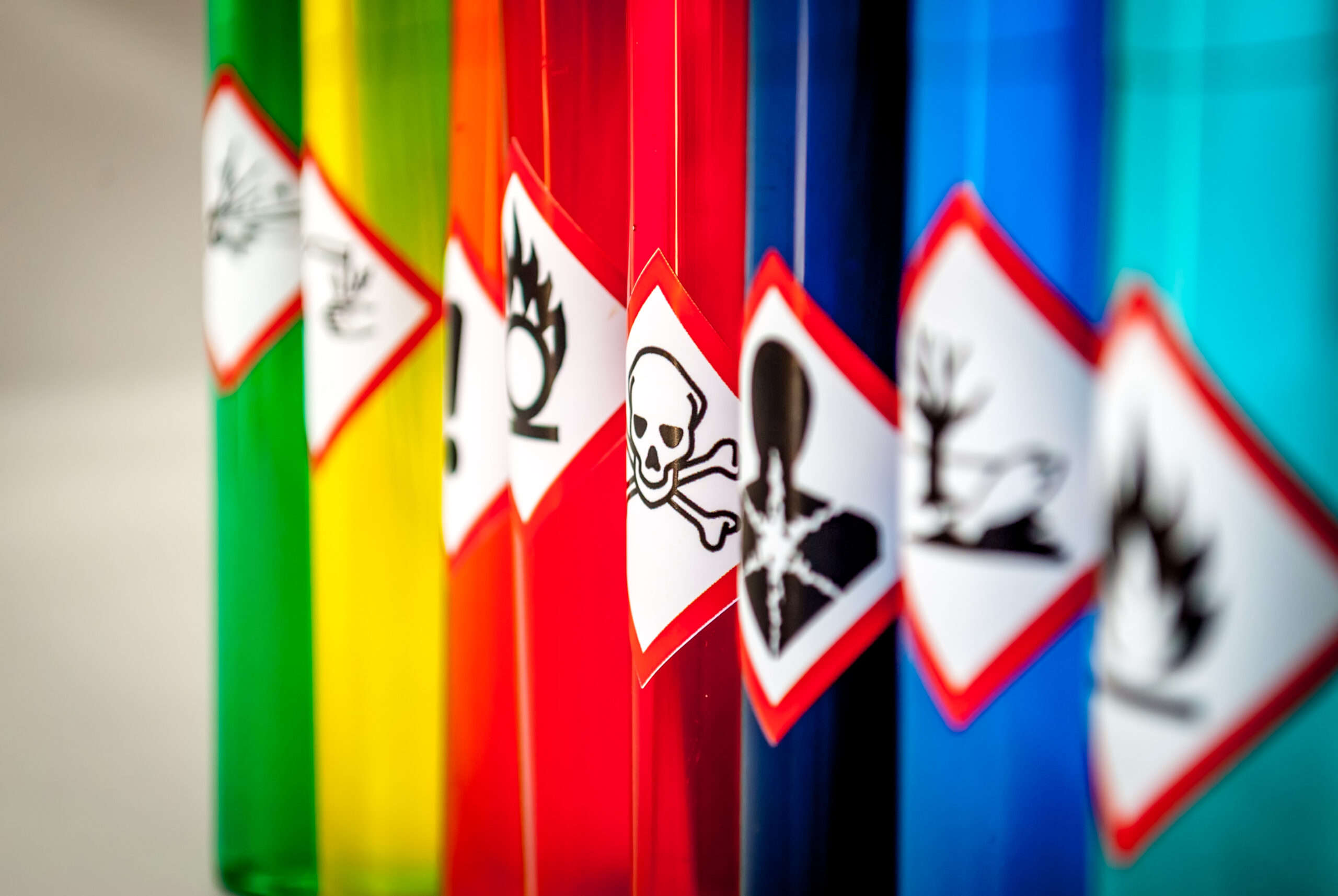By: Editorial Staff, Date: September 3rd, 2024
The emergence of per- and polyfluoroalkyl substances (PFAS) as a major environmental and health concern has triggered a surge in litigation against manufacturers, suppliers, and users of these chemicals. Known as “forever chemicals” due to their persistence in the environment, PFAS have been linked to various health issues, leading to a wave of environmental and health-related lawsuits.
The rise in lawsuits reflects not only individual claims but also class actions and state-led initiatives aimed at holding responsible parties accountable for pollution and health impacts. As a result, organizations across various sectors, including manufacturing, agriculture, and water utilities, must understand the implications of PFAS exposure and the potential legal challenges they may face.
This article explores the growing wave of PFAS litigation, offering insights into the potential risks and liabilities while providing essential strategies to help organizations mitigate legal challenges.

What Are PFAS and Their Risks?
PFAS, short for per- and polyfluoroalkyl substances, are synthetic chemicals widely used since the 1940s in various industrial and consumer products for their water, oil, and heat-resistant properties. Often called “forever chemicals,” PFAS are known for their persistence in the environment and the human body, as they do not easily break down over time.
PFAS can be found in various places and materials, exposing individuals through contaminated water, food packaged in materials containing these chemicals, fish from PFAS-contaminated waters, consumer products, landfills, hazardous waste sites, and personal care products. Exposure to PFAS can lead to a range of health effects, including reproductive issues, developmental delays in children, an increased risk of certain cancers, a weakened immune system, higher cholesterol levels, and an increased risk of obesity.
How Businesses Contribute to PFAS Exposure
Despite its widespread use in various consumer products, recent studies suggest that PFAS poses substantial risks to both the environment and human health. Consequently, businesses involved with PFAS may be held liable for any damages caused by these “forever chemicals.”
- Environmental Exposure: Chemical plants producing PFAS, facilities manufacturing products containing PFAS, and landfills all contribute to drinking water contamination, resulting in individuals consuming water contaminated with these chemicals.
- Food Packaging: Food can become contaminated with PFAS if packaged in materials containing these chemicals. PFAS are commonly used in food packaging, particularly in takeout containers and supermarket products, because they repel oil, grease, and water, helping to preserve freshness and prevent leaks.
- Consumer Products: PFAS are present in a variety of consumer products used in everyday life, such as cleaning products, water-resistant fabrics, nonstick cookware, and personal care items. Since these products are commonly found in households, the risk of PFAS exposure is high.
As awareness of the dangers of PFAS grows, PFAS-related lawsuits are also increasing, similar to the rise of litigation seen when the harmful effects of asbestos were discovered.
How to Prevent PFAS Lawsuits
- Stay Informed on Regulations: Keep up with the current and upcoming PFAS regulations at both federal and state levels. With the regulatory landscape continually evolving, understanding these changes is crucial for ensuring compliance and effective risk management.
- Assess and Identify PFAS Risks: Conduct a thorough evaluation of your products to identify any PFAS-related risks. It’s essential to determine if PFAS is present in order to address potential issues promptly and avoid compliance challenges and reputational damage.
- Engage Proactively with Suppliers: Communicate with suppliers about PFAS to ensure their products are PFAS-free. Requesting certificates of compliance from suppliers can help confirm that their products meet regulatory standards regarding PFAS.
- Transition to Alternative Materials: Whenever possible, seek and transition to alternative raw materials for your products. This reduces liability and the risk of exposing consumers to PFAS.
- Maintain Public Transparency: Communicate your efforts to manage and mitigate PFAS risks to consumers to build trust. This also helps reduce the impact of potential future legal challenges.
Staying informed and proactive is essential as PFAS litigation continues to grow. By understanding the risks and implementing strategic measures, businesses can better navigate these legal challenges and protect themselves from potential liabilities and lawsuits.
Learn more about PFAS litigation in our upcoming webcast: Demystifying Recent Trends in PFAS Litigation: Product Liability and Beyond


